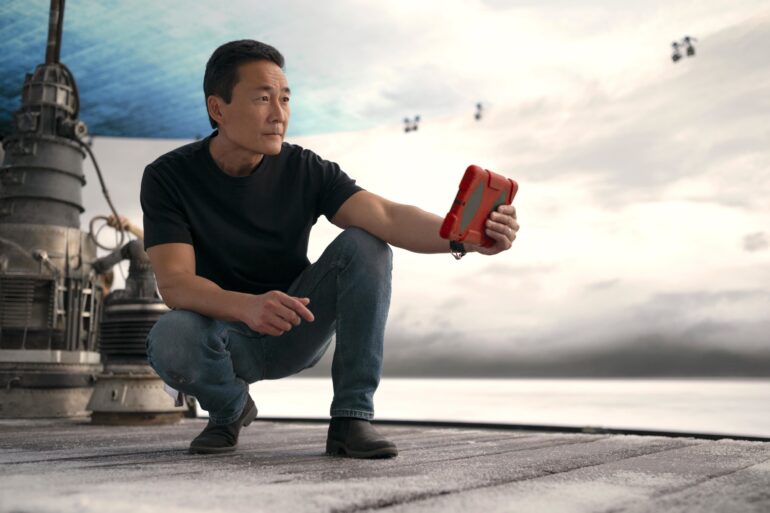Fifteen-year-old Taiwan immigrant Doug Chiang was living in Michigan when he watched Star Wars: Episode IV – A New Hope for the first time in 1977, and immediately set his sights on a career at George Lucas’ Industrial, Light, and Magic (ILM) in Marin County. Hard work, passionate drive, and a fortuitous short-term gig led to an Academy Award-winning career as an artist, author and production designer.
Personally selected by Lucas in 1995 to serve as head of the Lucasfilm art department on “Star Wars: Episodes I and II,” Chiang, now Lucasfilm vice president and executive creative director, oversees designs for all new “Star Wars” franchise developments, from films and theme parks to games and new media, and is the production designer for the hit “Star Wars” live-action series, “The Mandalorian,” “The Book of Boba Fett,” and the forthcoming “Obi-Wan Kenobi,” premiering May 27 on Disney+.
In an interview for our sister publication, Marin Magazine, Chiang discusses his road to success, his latest projects and more than 25 years living in Marin County.
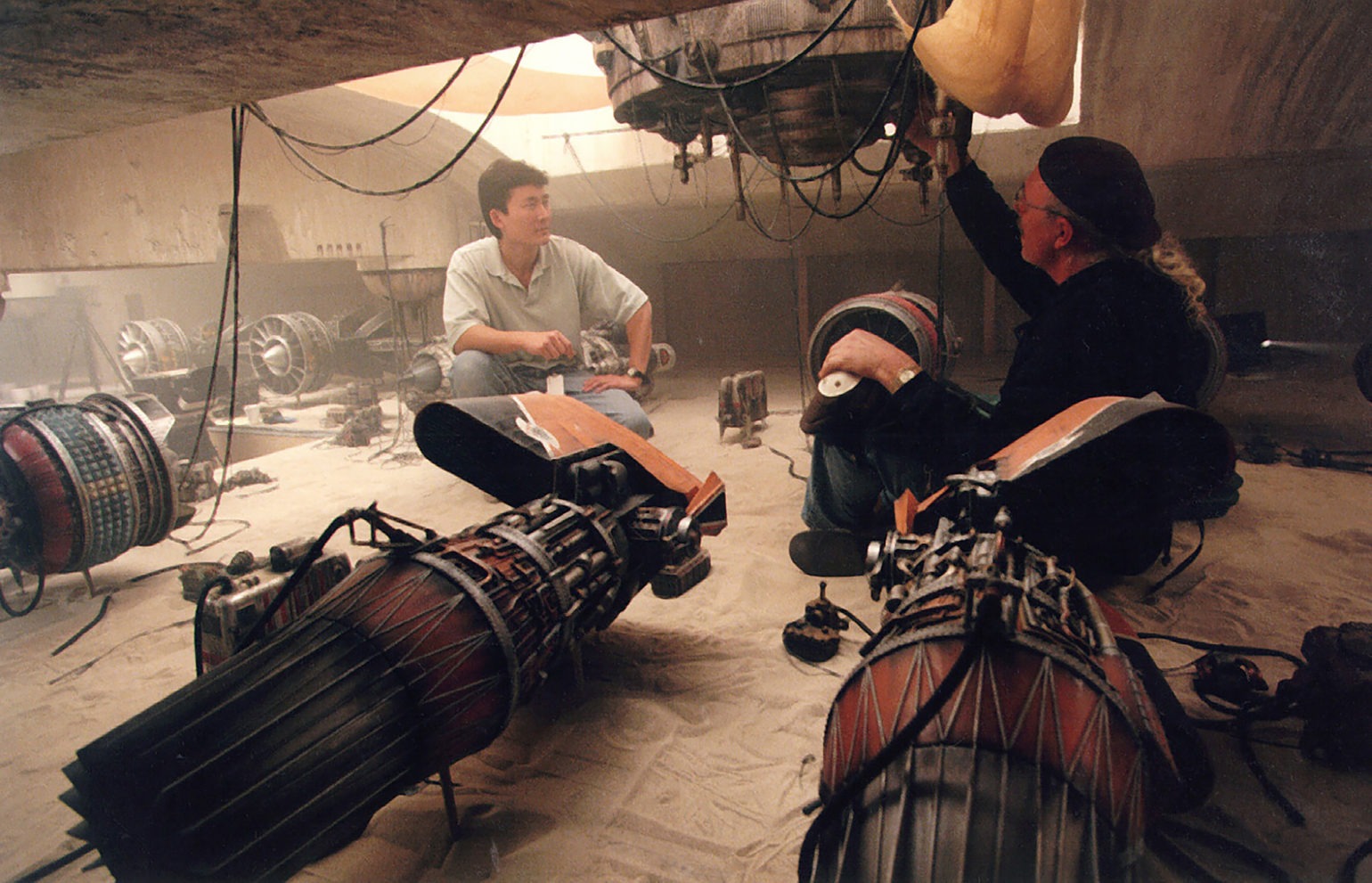
Brooke McDonald (BM): Tell us about your background and the path that led you to a career with Lucasfilm.
Doug Chiang (DC): I was born in Taiwan and we immigrated to the United States when I was 5 years old. I grew up in the suburbs of Detroit, Michigan, in a small town called Westland. We were in a new development, and there were lots of open fields and forests behind our house. I remember spending hours, sometimes an entire day, just exploring the woods with my friends. I often wouldn’t come home until near dark. Those early days fueled my imagination and my passion for nature. I would come home and draw what I discovered that day. Then in the spring of 1977, I saw Star Wars: A New Hope, and it completely captivated me. The “Making of” documentary of Star Wars aired on TV the following year, and I learned about Industrial, Light, and Magic (ILM), George Lucas’s visual effects company in Marin County. Seeing the artists behind the craft gave me a glimpse into the filmmaking process, and I was hooked. I went to the library, checked out books on filmmaking and animation, and started making short three-minute films. I borrowed my dad’s Super 8mm camera and set up a mini studio in the basement of our home. Filmmaking combined all my passions – art, design, animation, visual effects, and model building. Those days were unabashed experimentation, and it was exhilarating. I had no fear of failure then.
That summer, I entered two of my films into The Michigan Student Film Festival and surprisingly won first place and the grand prize! Through the festival, I met my film mentor John Prusak president of DAFT, Detroit Area Film and Television. John showed me proper filmmaking techniques, gave me access to professional equipment, and most importantly, encouraged me to pursue my passion.
With a goal of coming out to Marin County someday to work for Industrial, Light, and Magic, I headed out to California and enrolled at UCLA to study film. My first film there was an experimental film called “Mental Block.” It took first place in the Nissan FOCUS Awards, and I won a new Nissan Sentra car! I was also a regional winner in the Student Academy Awards.
With those early successes, I got a job directing computer generated TV commercials for a company called Digital Productions. Computer graphics in the late 80s was still relatively obscure, and Digital Productions was one of three major computer graphics studios back then. Just as my commercial TV career was starting to take off, I got a lead for a short three-week freelance gig with ILM. This was the break I was looking for. It was my chance to fulfill my childhood dream. Even though it was only a three-week project with no guarantee of future work, I dropped everything, packed up my belongings into my Sentra, and drove to San Rafael. Those three weeks turned into a 30-year career in Marin County.
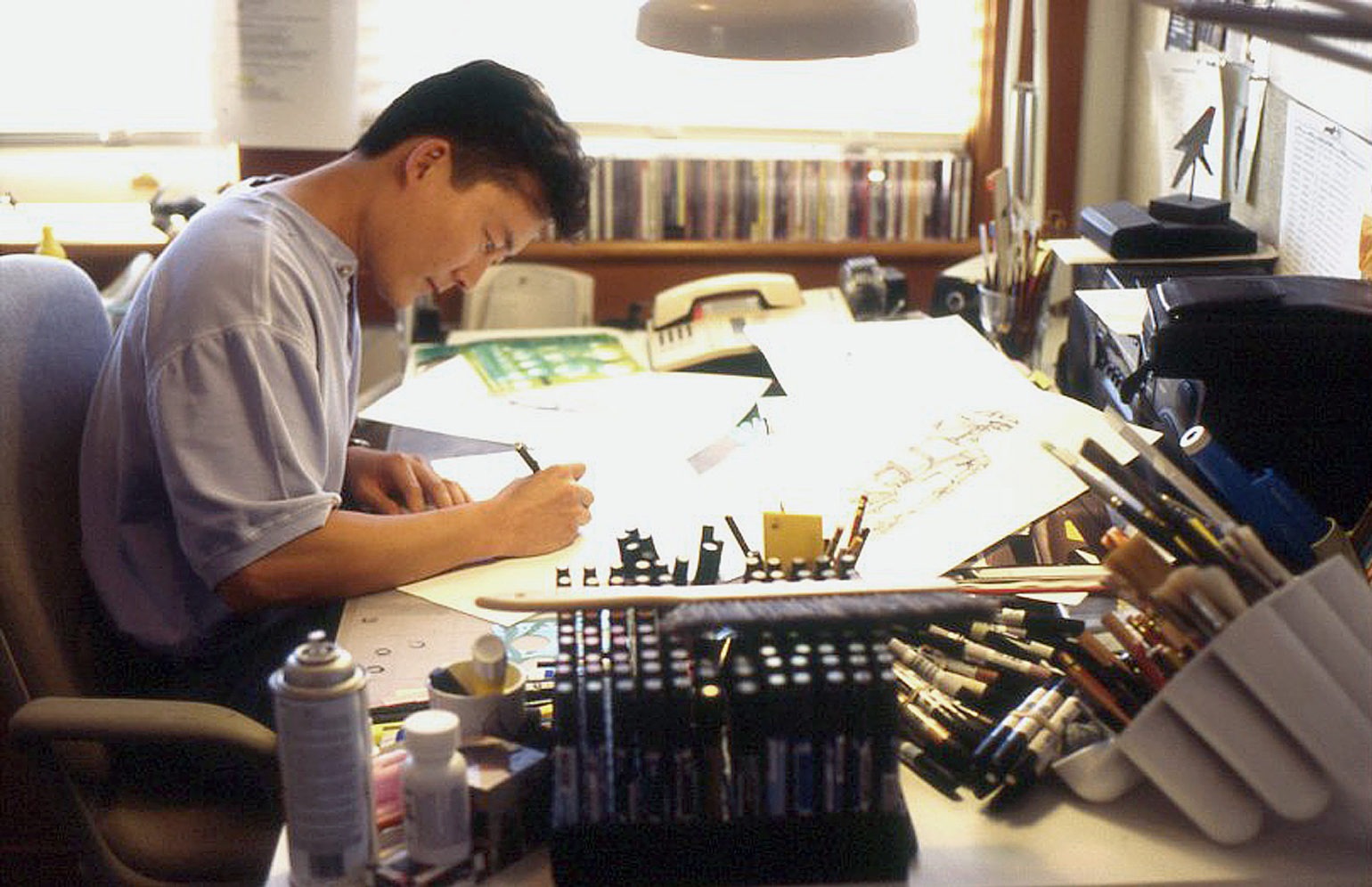
BM: Star Wars: Galaxy’s Edge and Star Wars: Galactic Starcruiser have given fans an opportunity to step inside the world of Star Wars. What’s it like to create these real-life spaces, and how has that process differed from building a film set?
DC: It’s been amazing. I’ve always dreamt of living and exploring the worlds of Star Wars since 1977. Having an opportunity to design Star Wars for George was terrific. But movie designs and sets are carefully orchestrated and choreographed. They’re guided experiences through the filmmaker’s eye. What you see on screen is only a tiny fraction of the world building we do to make Star Wars look authentic. Sadly, 80% of our work never show up on the screen. However, we finally had an opportunity to create and build these worlds as ‘real’ places with Galaxy’s Edge. It was world building at an unprecedented level for me. Movie sets are temporary. They exist only for weeks or months for filming. We were now tasked with building sets that would last for decades for Galaxy’s Edge. It had to be safe and comply with all the ADA requirements and keep it aesthetically grounded in the Star Wars universe. That was challenging.
For example, in Star Wars, we typically avoid handrails. It’s a unique Star Wars design feature. However, Galaxy’s Edge absolutely needed railings. So how do we achieve that while keeping it in Star Wars? Or the safety issue of “finger entrapment,” something I wouldn’t usually think about for a movie set because we can work with actors to navigate our sets carefully. For theme parks, we wanted the guests to have an unguided experience and explore on their own. Furthermore, the materials have to be safe and be real. Concrete is concrete and not painted foam. Steel is steel and not painted plywood. The Disney Imagineering team was terrific. Even though the design process is similar, the level of construction was unparalleled.
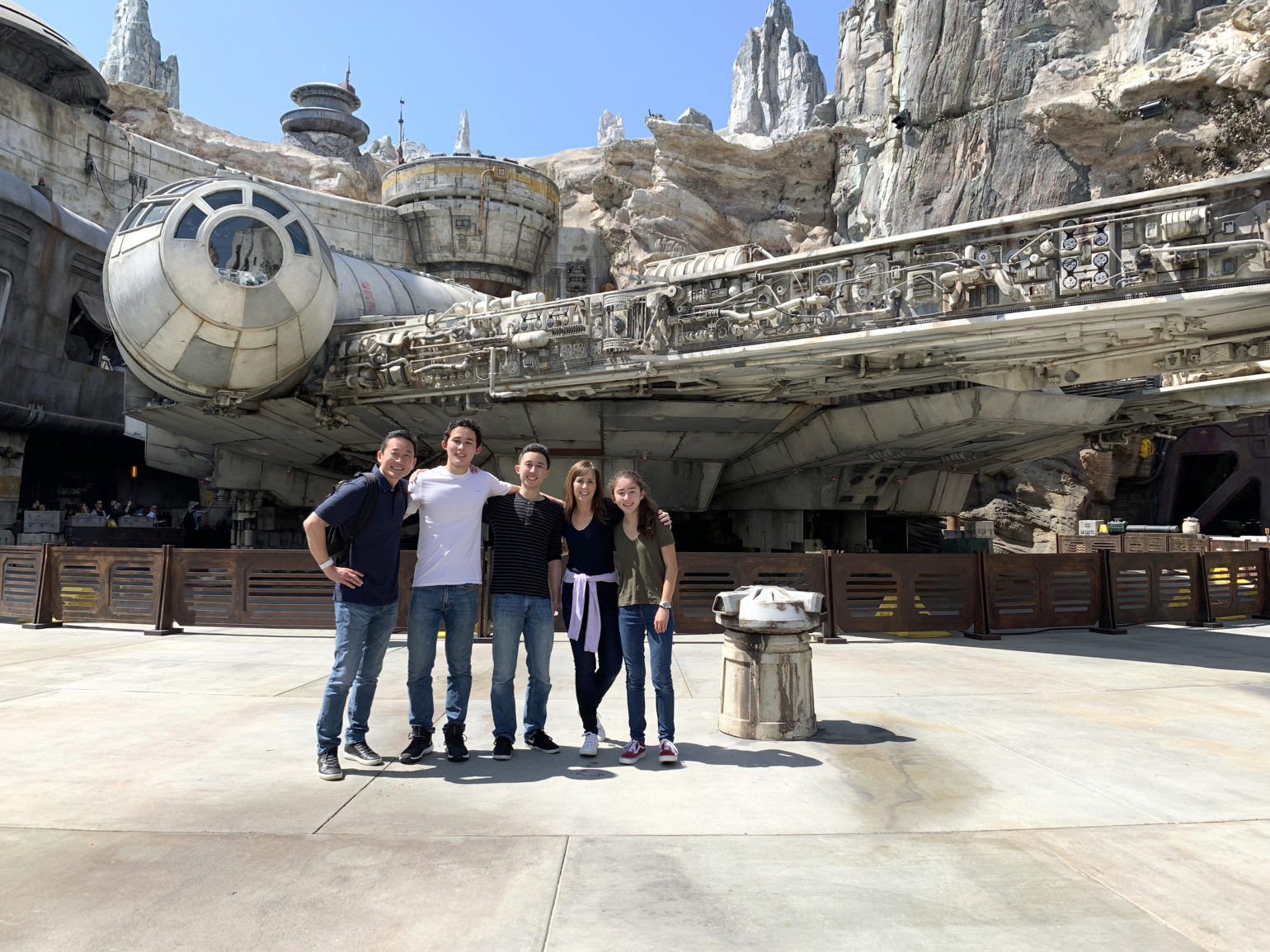
BM: Star Wars: Galactic Starcruiser in Orlando takes immersive storytelling to a new level that makes it a bucket-list trip for Star Wars fans. What excites you most about the newly launched experience?
DC: The Galactic Starcruiser is complete immersion. It was such a bold concept when we first developed the idea six years ago. I thought it would be amazing to have an opportunity to live in Star Wars, not just for two hours for our films or half a day for Galaxy’s Edge, but a full two days. We were definitely in unknown territory. To keep everything in story required designs and execution that felt like we were building a “real” functioning spaceship.
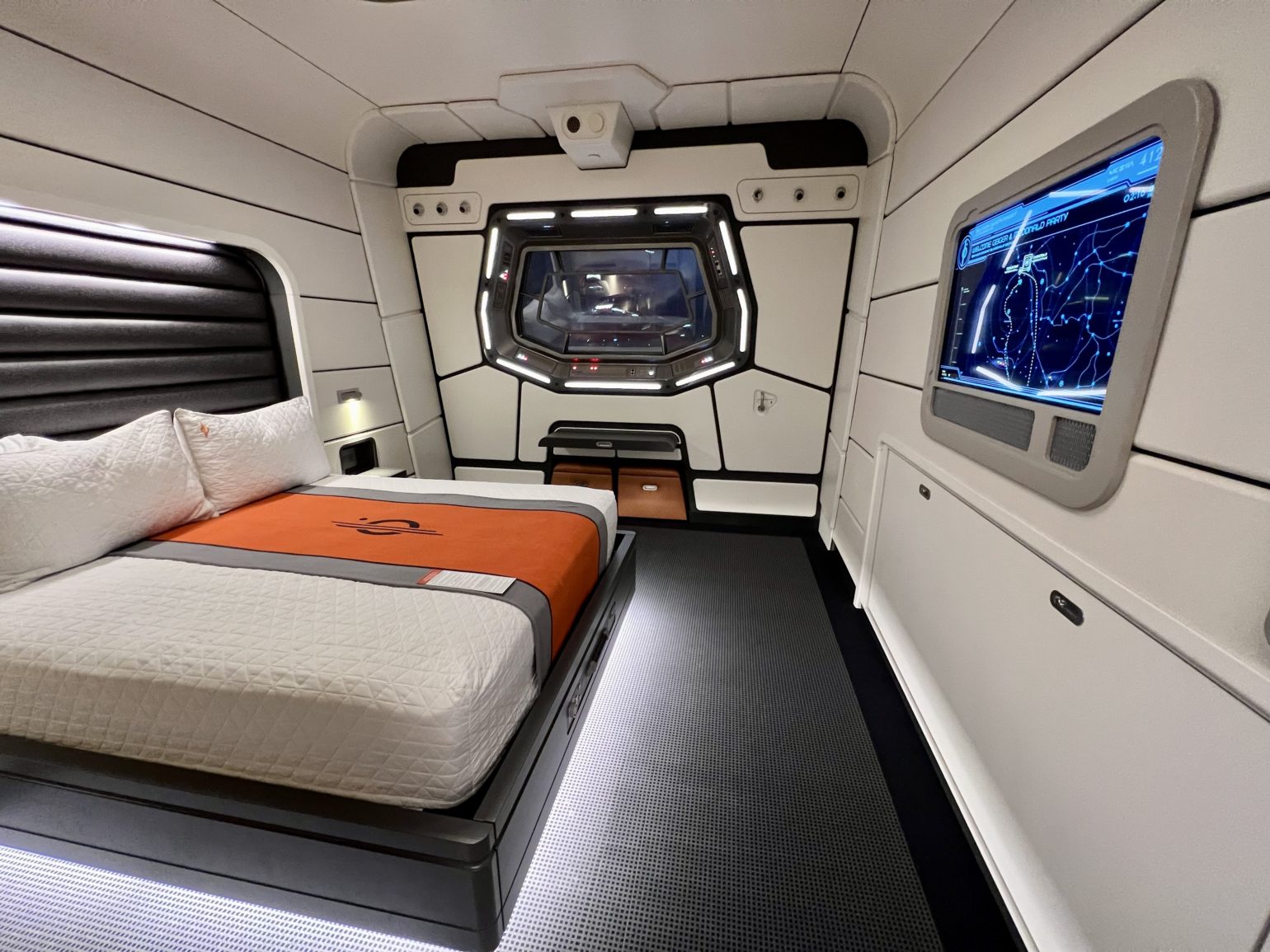
Read more about Star Wars: Galactic Starcruiser and what it likes to bring kids on the voyage.
BM: A fun fact for Marinites in particular and fans more broadly is that Boba Fett was introduced for the first time ever in a local parade in San Anselmo in 1978 [Ed note: See footage from the parade in Under the Helmet: The Legacy of Boba Fett on Disney+]. And now, more of his story has been brought to life in The Book of Boba Fett on Disney+. When it comes to bringing these beloved characters and iconic settings back to the screen in series like The Book of Boba Fett and the forthcoming Obi-Wan Kenobi, what has the pressure been like to hit the mark for lifelong fans?
DC: Boba Fett is one of my favorite characters, and I knew there were many fans who felt the same way. For me, I wanted to help develop a character that I loved. And it was challenging. One of our solutions to deal with the pressures was to ask ourselves, “what would we like to see.” That simple statement guided us and kept us true. We knew that if we pleased ourselves, we would satisfy our fans. Of course, we can’t please everyone, but our goal was to remain as faithful as possible to the characters that George Lucas created and build upon it respectfully. We’re often our harshest critics because we wanted to make it right, not just for the fans but for ourselves.
BM: And as a fan, what has it been like to get to revisit these characters and environments?
DC: It’s what makes the very long hours and demanding schedules worthwhile. I never get tired of these characters and environments. It still feels fresh after over 25 years of designing for Star Wars. That’s what keeps me excited. I doubt I’ll ever get tired of playing in this playground.
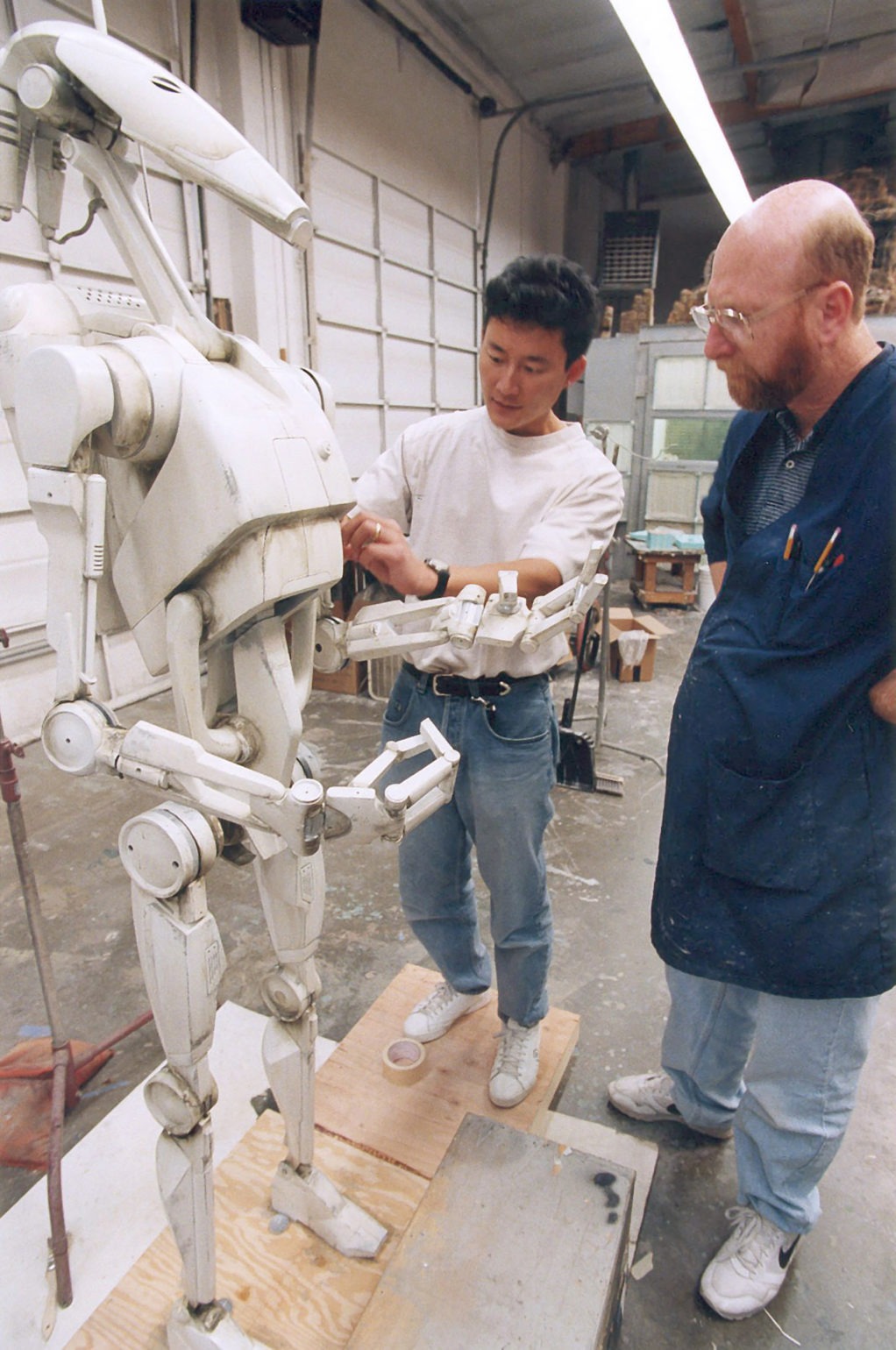
BM: Have any Marin County locations inspired Star Wars stories you’ve worked on?
DC: There were many. Marin County is visually rich and diverse with mountains, coastlines, and forests. Most Star Wars fans might know that Endor was inspired by the Redwoods in Marin. When George Lucas hired me to head up the art department for the prequel films in 1995, one of my first design assignments was to design the idyllic world of Naboo. I took inspiration from the rolling grass hills of Nicasio. One of my earliest sketches of a Gungan warrior was based on a large rock I saw just off highway 1 in Marin. I only changed the rock to be a giant sculpted ancient head. The Marin Civic Center also became the Naboo palace’s architectural foundation and inspired the Podrace arena.
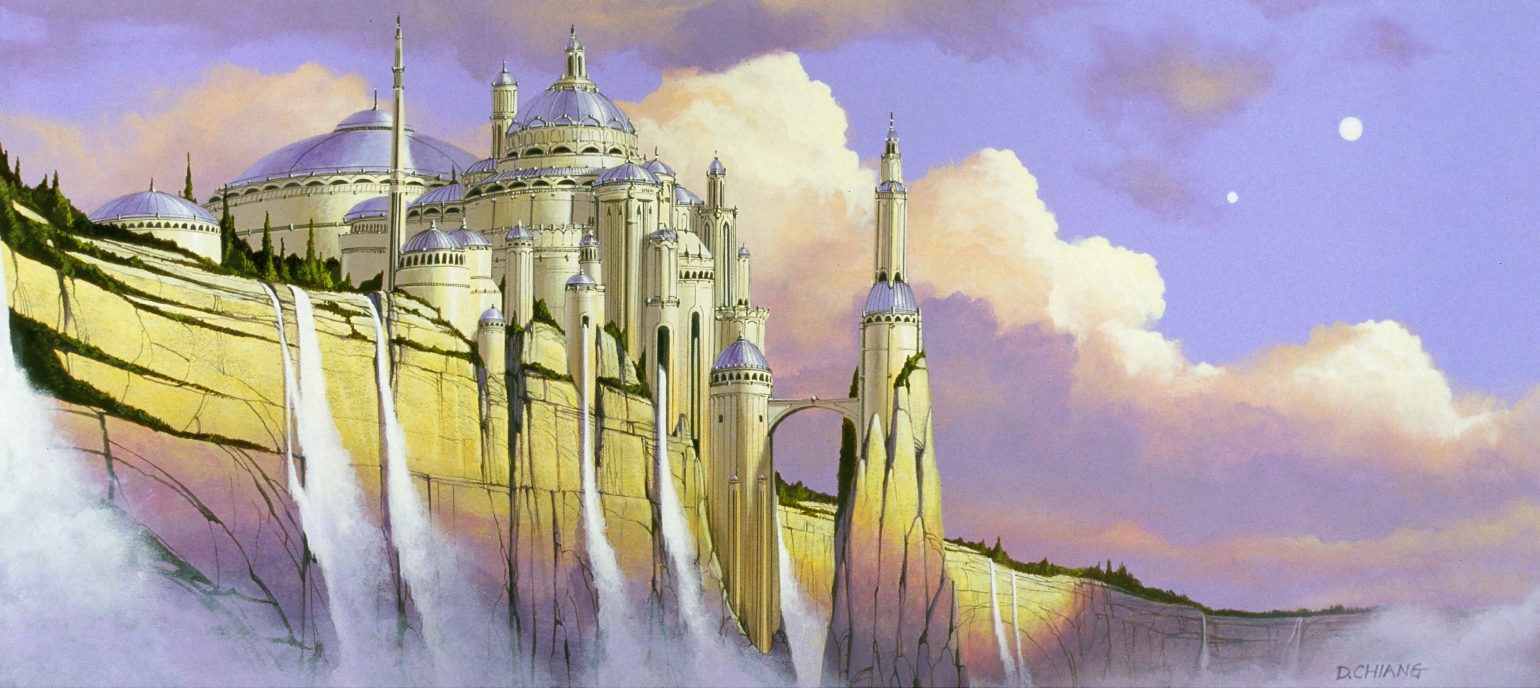
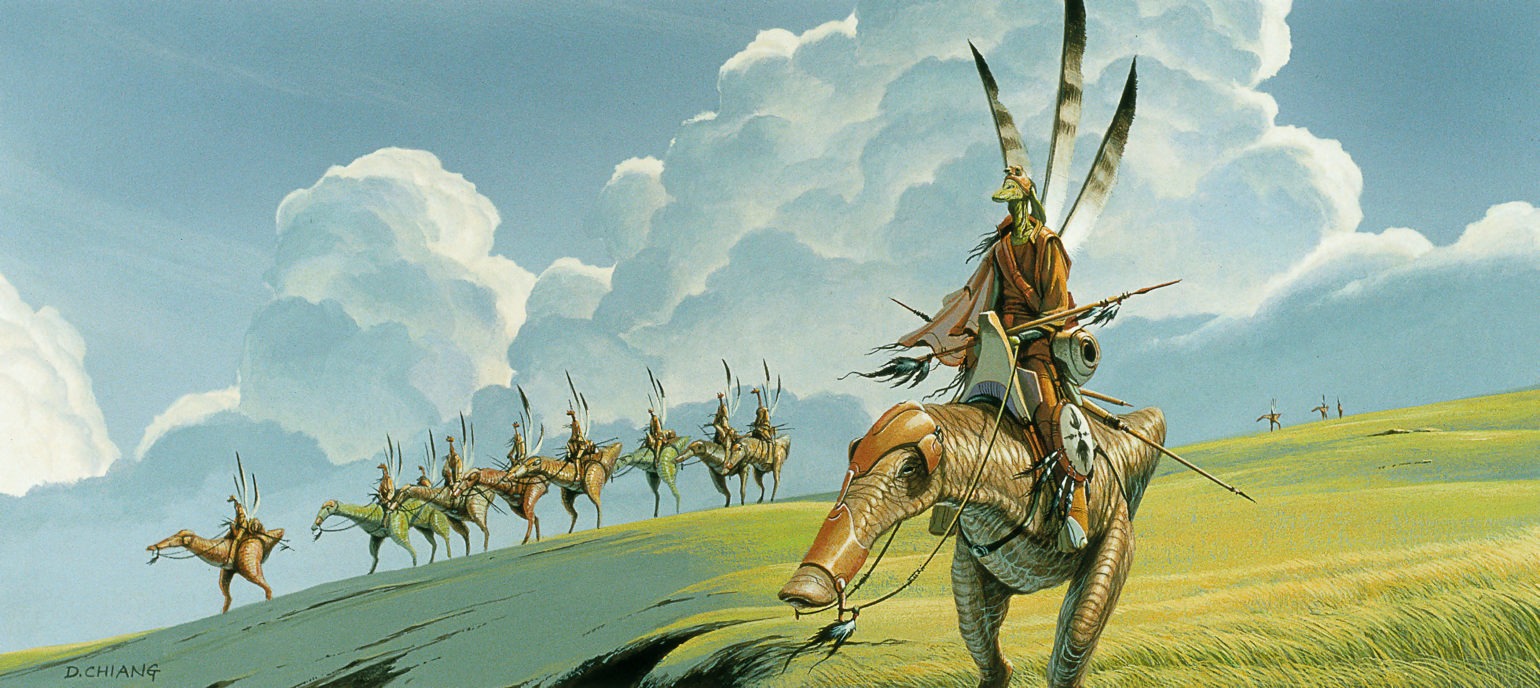
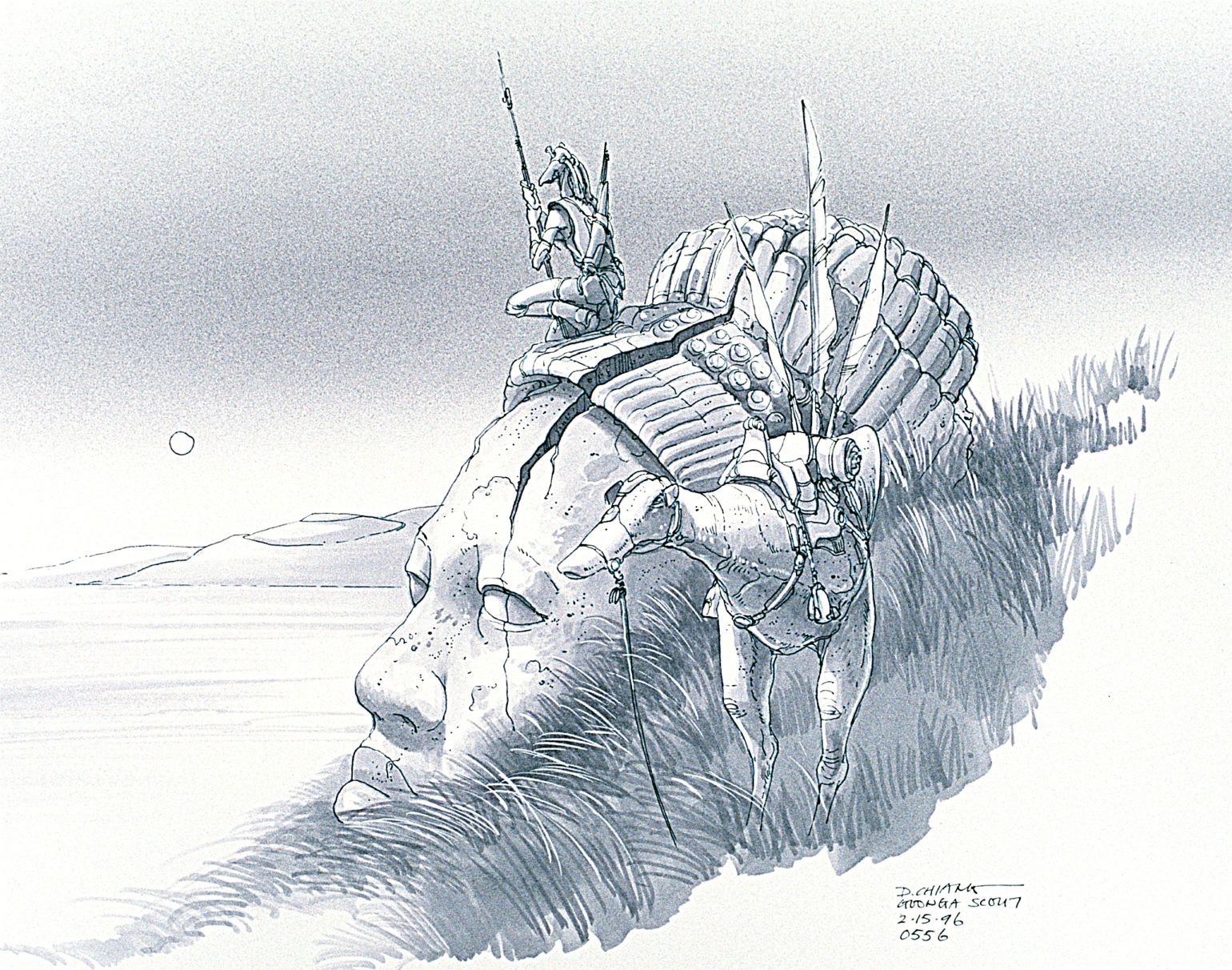
BM: In an interview with StarWars.com, you discussed your collaboration with Obi-Wan Kenobi director Deborah Chow on the series and noted that you worked alongside a number of department heads who are of Asian American heritage. As an Asian leader within the industry, how optimistic do you feel about the future of diversity and inclusion in entertainment?
DC: I’m optimistic, but we have a long way to go. To be honest, I’m still struggling with it today. My career has been filled with doubts and questions about my abilities. It’s unfortunate, but I remember during the selection process for Star Wars in 1994, there was a nationwide open call for artists regardless of background or experience. George has always been a leader of inclusion, and I welcomed it. Artists were asked to submit portfolios blind to avoid influencing the selection process. At that time, I was creative director and head of the ILM art department and could’ve been first in line. But I wanted to get the job based solely on merit. And when I finally got the job after George personally selected me to head up his art department without knowing that I was already working for his company, I still got comments like, “Are you sure you are the right person? You can’t possibly live up to Ralph McQuarrie or Joe Johnston? (the designers for the original trilogy) How can you do their jobs?” Instead of validation, I got questions.
Sadly, I still experience that even today. I’m a firm believer that one’s work should speak for itself. Unfortunately, it doesn’t always work that way. I often see hard work and talent being superseded by bravado and self-promotion. However, I see change, and if I can help drive that change, I will.
BM: What advice do you have for young people who aspire to a career like yours?
DC: I’ve been very fortunate to have had many wonderful mentors and people who have supported me along the way. A large part of my success is due to them. It’s essential to do your homework, whether it’s learning new skills, putting in the extra hour, or going above and beyond what is expected. Take intelligent risks, work hard, and follow your passion. You need to be ready when the opportunities arise. Strive to work twice as hard as your peer, and don’t ever get complacent. I still approach every project and every day as if it were my first.
BM: What do you love about living in Marin County?
DC: I couldn’t think of living anywhere else but Marin. I met my wife Liz here! She was born and raised in Novato and we both started working at Lucasfilm within three weeks of each other but we didn’t meet for another two years. She worked as Human Resource Director at Skywalker Ranch in Nicasio while I was based at ILM in San Rafael. We’ve lived in San Rafael for over 25 years, and it’s been a wonderful place to raise our three kids. I love the community and the location. The rolling hills, beaches, and redwood trees inspire me every day. A perfect day would be a soft breeze and a hike or a sunset stroll at Stinson Beach. My favorite restaurant is Taki’s in Novato.
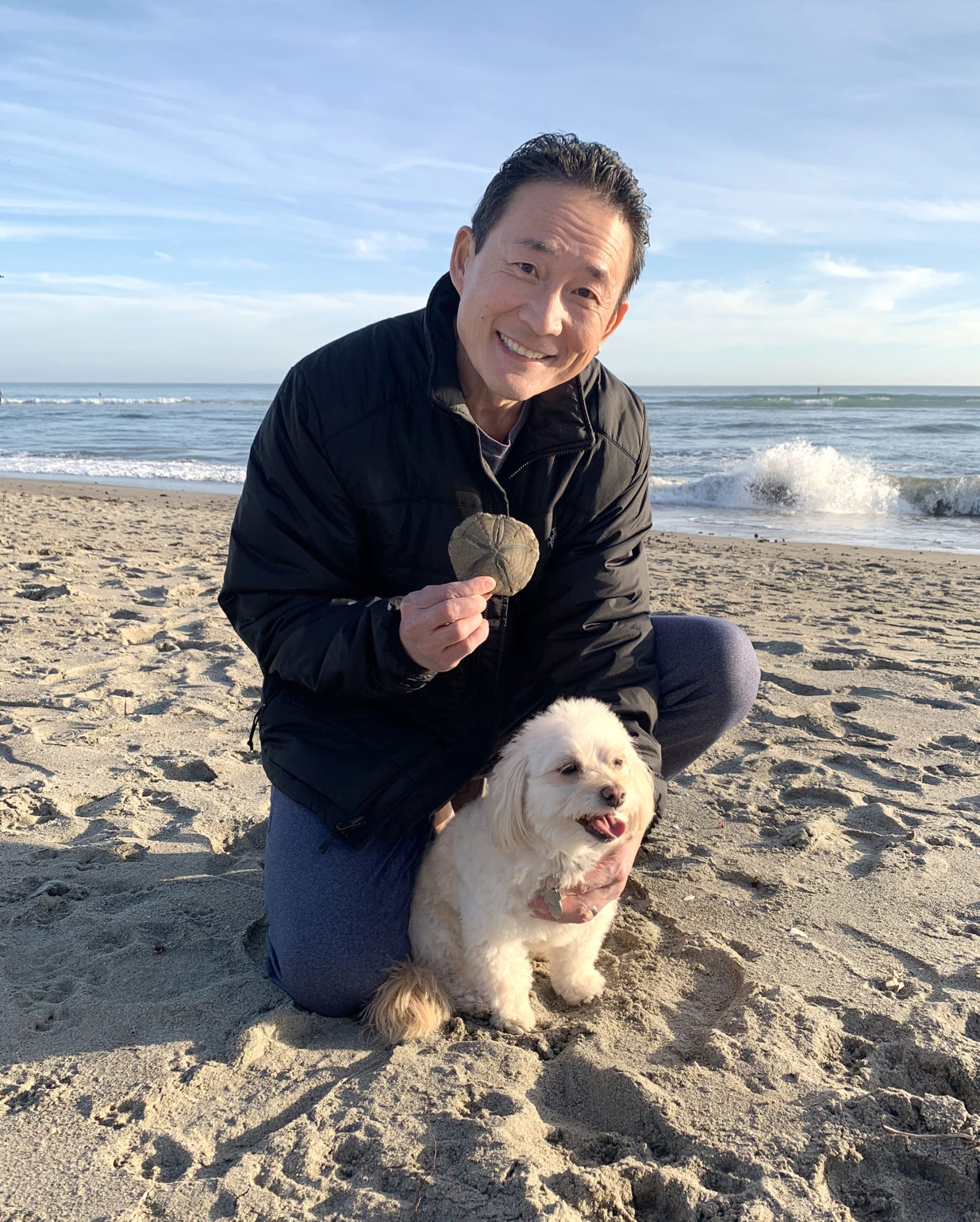
BM: Are there any local causes you’re passionate about supporting?
DC: Asian American Alliance of Marin (AAAM) is a non-profit in Marin County that I support. After over three decades as a grassroots community organization, they are doing a lot of meaningful and important work to promote Asian American participation in advocacy and civic engagement. Enriching Lives Through Music (ELM) is another great organization that is breaking barriers to create equitable access to arts education. And the Pacific Coast Marlins Learn to Swim program has free summer swim programs for underprivileged children.
This article was originally published in Marin Magazine.
More from Better:
- Star Wars: Galactic Starcruiser With Kids — Tips For a Family Trip to Disney World’s New Star Wars Hotel
- Disney Cruise Line Shares a Stunning First Look at its Newest Ship — the Disney Wish
- Everything You Need to Know About Disney’s New ‘Galactic Starcruiser’ Star Wars Hotel—Including the Price

Brooke Geiger McDonald is the national content director for Make It Better Media Group. A Chicago native, she has worked for publications like O, The Oprah Magazine and SHAPE Magazine and her work has appeared in The Points Guy, Parents, TravelPulse, Attractions Magazine, Disney Food Blog, and more. Her favorite nonprofits to support include Give Kids the World Village and Shedd Aquarium. Follow her on Instagram @brookegmcdonald and Twitter @BrookeGMcDonald.
